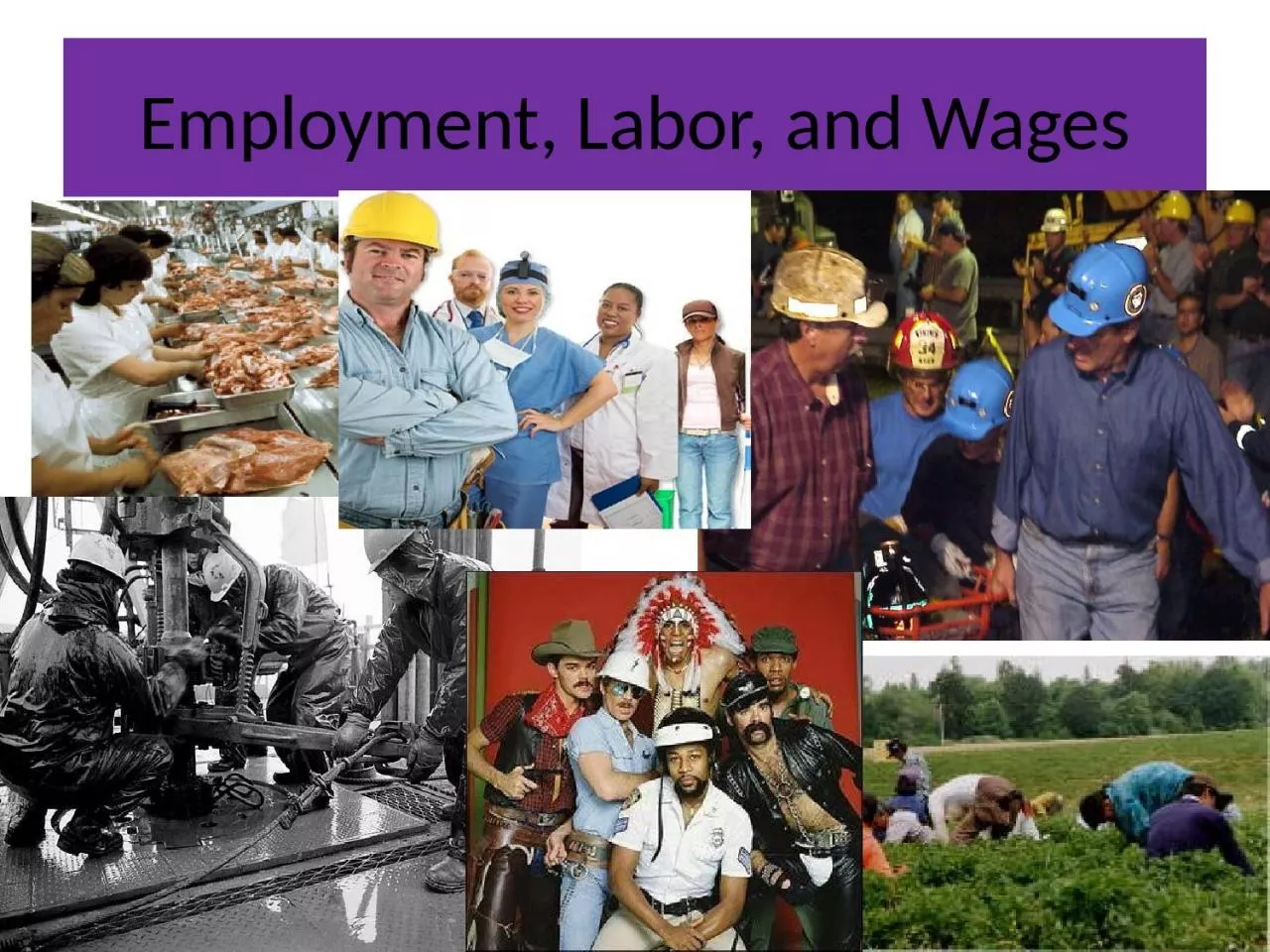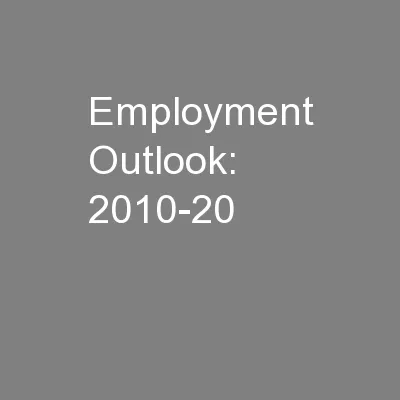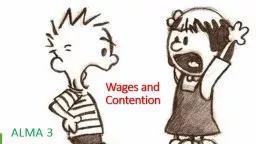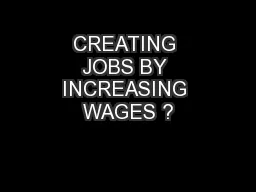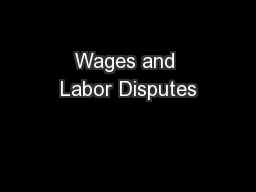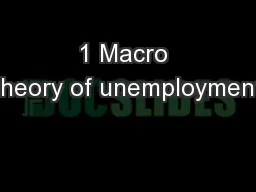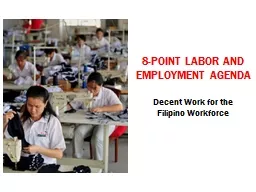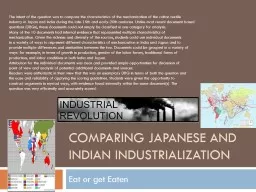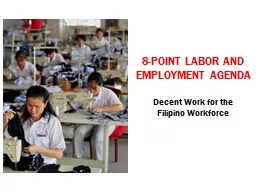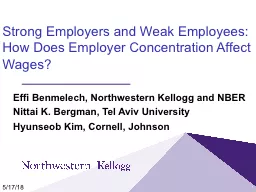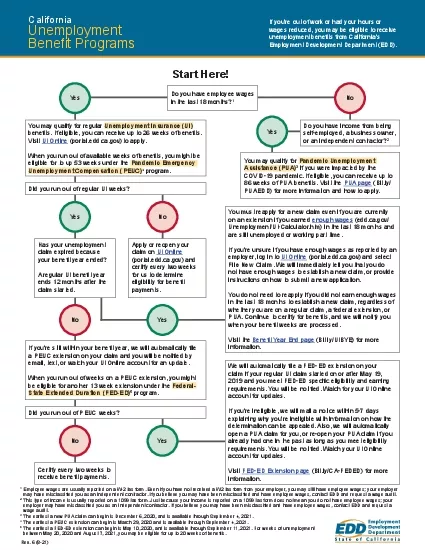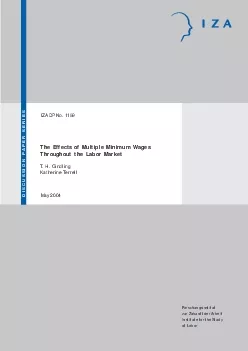PPT-Employment, Labor, and Wages
Author : thomas | Published Date : 2023-11-04
The Labor Movement Today one out of every eight working Americans is a member of a labor union In 1778 printers in New York City joined together to demand higher
Presentation Embed Code
Download Presentation
Download Presentation The PPT/PDF document "Employment, Labor, and Wages" is the property of its rightful owner. Permission is granted to download and print the materials on this website for personal, non-commercial use only, and to display it on your personal computer provided you do not modify the materials and that you retain all copyright notices contained in the materials. By downloading content from our website, you accept the terms of this agreement.
Employment, Labor, and Wages: Transcript
Download Rules Of Document
"Employment, Labor, and Wages"The content belongs to its owner. You may download and print it for personal use, without modification, and keep all copyright notices. By downloading, you agree to these terms.
Related Documents

